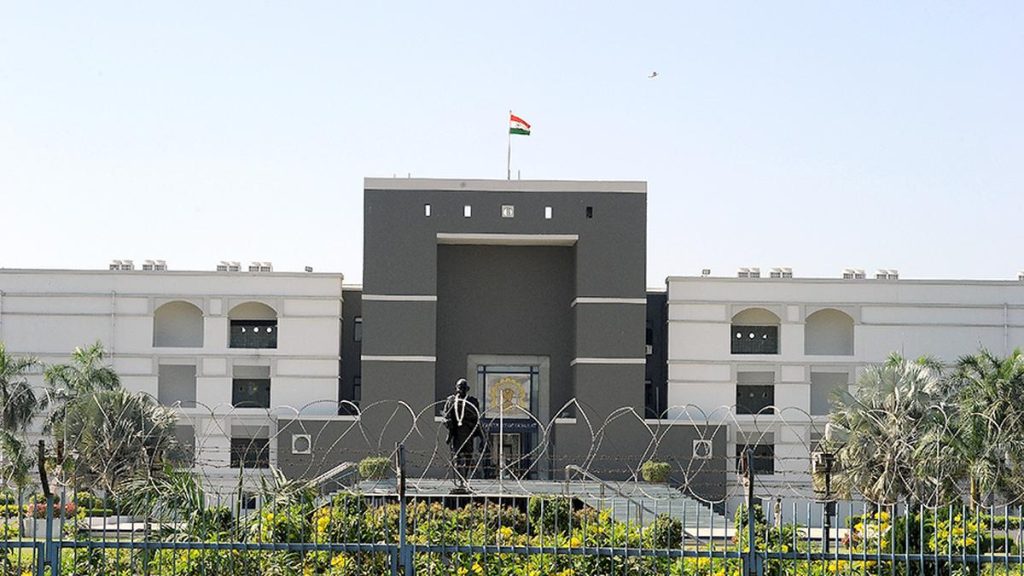Now Reading: Zoom Fatigue Fuels Surge in Demand for Cosmetic Procedures
-
01
Zoom Fatigue Fuels Surge in Demand for Cosmetic Procedures
Zoom Fatigue Fuels Surge in Demand for Cosmetic Procedures

Quick Summary
- Pandemic Shift to Video Calls: During the COVID-19 pandemic, video conferencing became a major part of daily life for work, school, and social activities. Individuals were frequently exposed to their own mirrored image on screens.This led many people to scrutinize their physical appearance more closely than ever before.
- Rise in Cosmetic Procedure Interest (“Zoom Boom”): A phenomenon known as “Zoom Boom” emerged as interest in cosmetic procedures increased during and after the pandemic. Google Trends data indicated heightened searches for procedures like Botox, facelifts, neck lifts, and blepharoplasty (eyelid surgery), while searches for fillers and tummy tucks spiked only temporarily.
- Psychological Impact of Videoconferencing: Studies revealed videoconferencing contributed to dissatisfaction with physical appearance. Clinical psychologist Toni Pikoos found this dissatisfaction often resulted from close-up video distortions or the tendency to compare oneself against others visible on-screen.
- Dysmorphic Concerns Identified: Research surveyed individuals on their self-focus during calls and whether they noticed new imperfections; one-third observed new concerns. Dysmorphic concerns intensified these effects: participants with such concerns were likelier to seek correction through cosmetic interventions or use techniques like filters/lights.
- Impact on Mental Health: Dissatisfaction with appearance reached levels deemed a psychological mechanism for “Zoom fatigue,” notably affecting women (15% higher) and Asian participants compared to White counterparts (11.1% higher). solutions like turning off self-video reduce self-consciousness but may not address deeper issues of self-monitoring tendencies.
Indian Opinion Analysis
The emergence of “Zoom fatigue” alongside increased interest in cosmetic treatments highlights how technological shifts can amplify body image insecurities across demographics globally-including India-due to cultural emphasis placed on physical presentation. it is worth noting this context as India’s tech-enabled workforce embraces remote working norms at scale post-pandemic.
India may see similar psychological patterns among its population due to prolonged virtual interactions brought about by globalization-driven labor practices during crises like COVID-19-fueled by reliance upon videoconference apps resembling Western-developed behavioral outcomes discussed herein: Elevated demand aesthetic options mirroring perceptual anxieties crop parallel dialog concious habits awareness inclusively adapt measures focus organizations sector implementing simultaneously professional mentalized trainings inclusive fostering balanced healthy framing ideals societal digit forefront perspectives modern implications national discourses productivity connected deal alternatives future-oriented developmental transformations— Read More
























